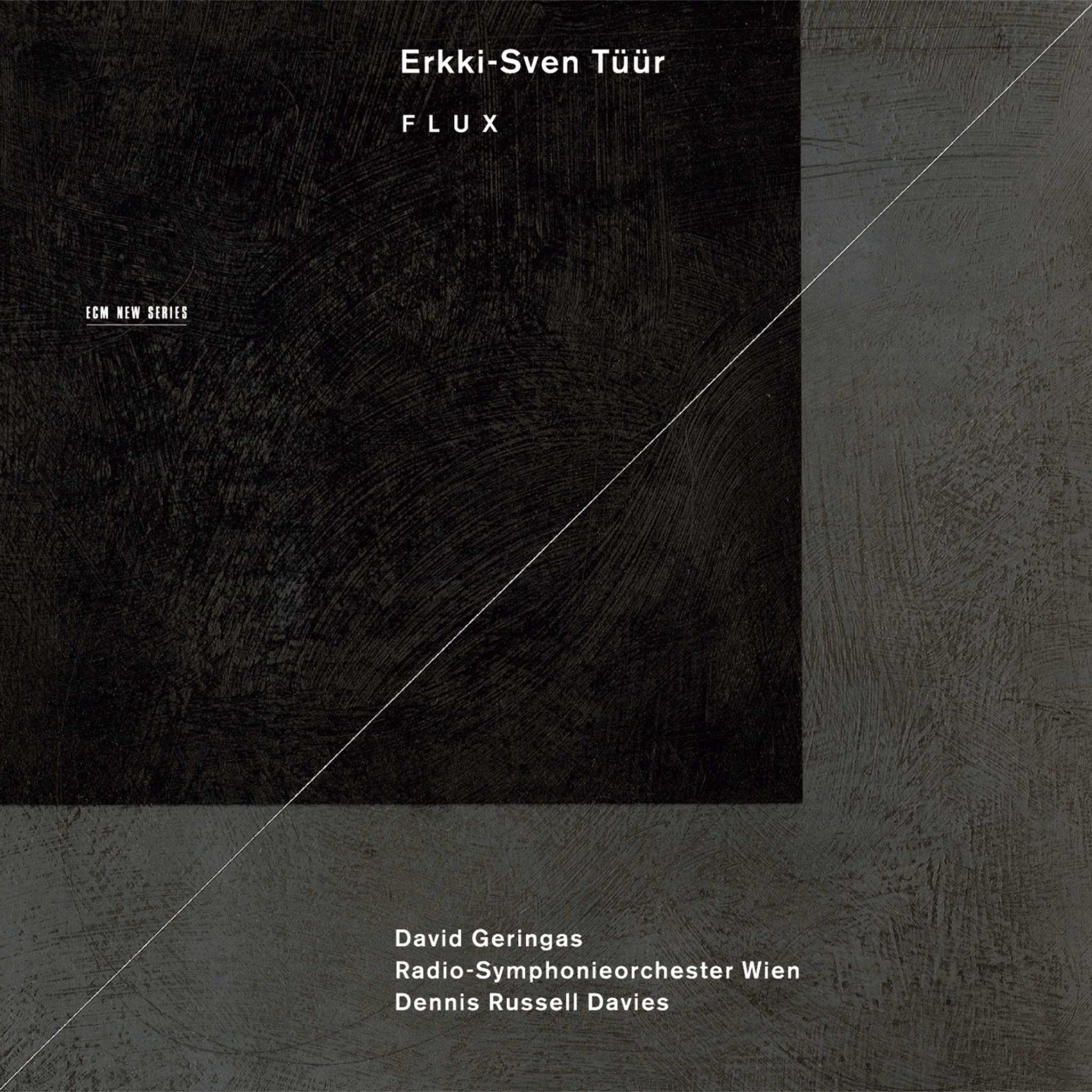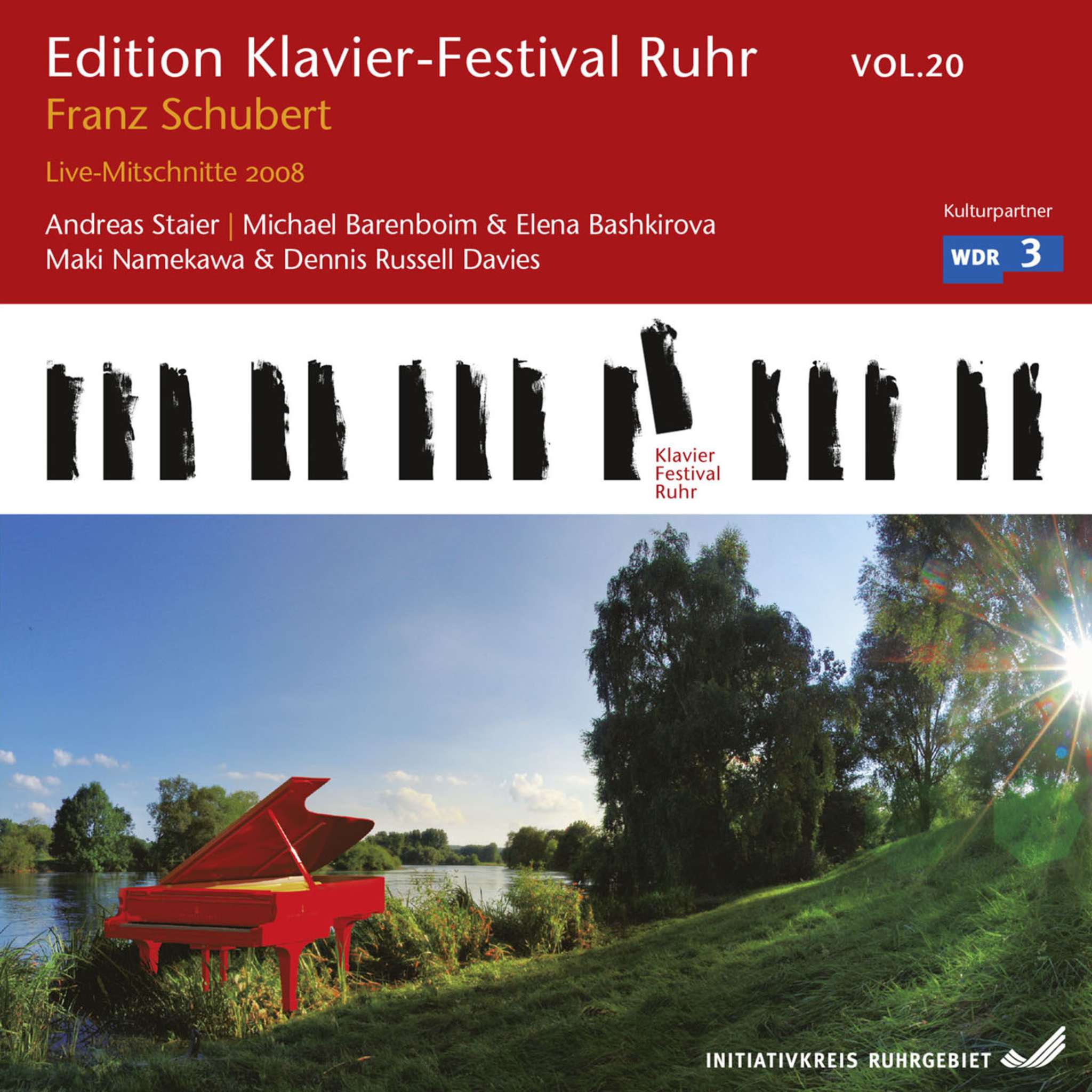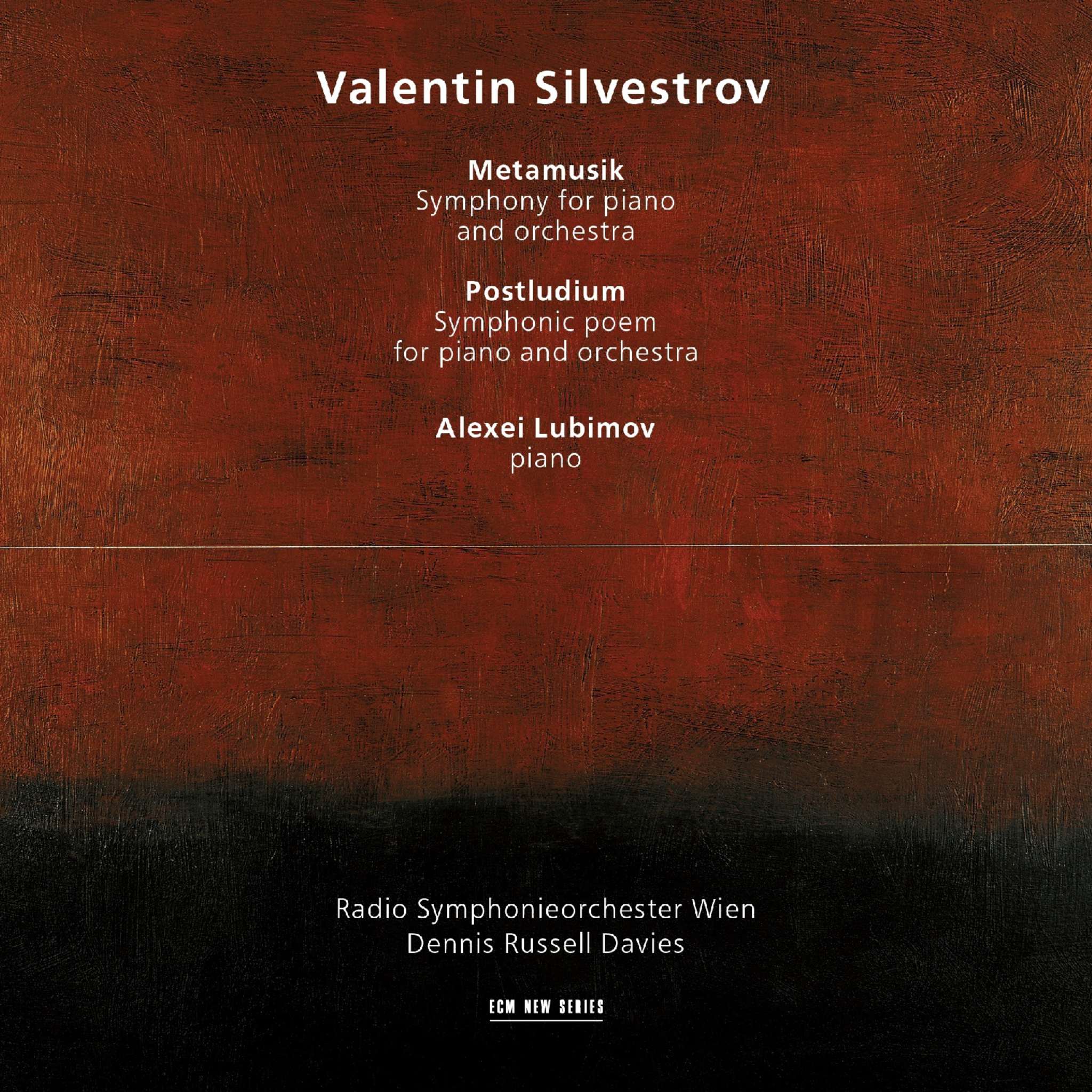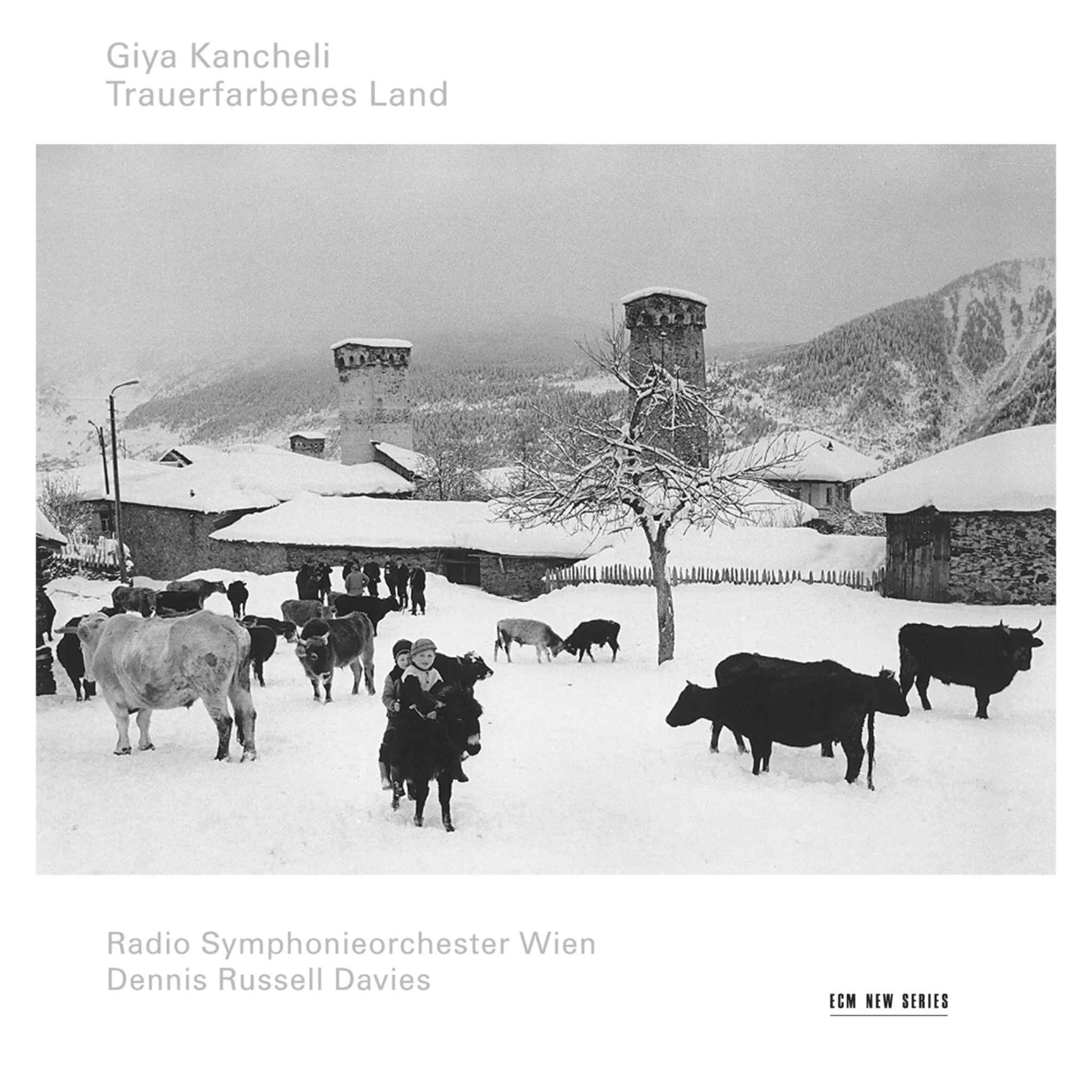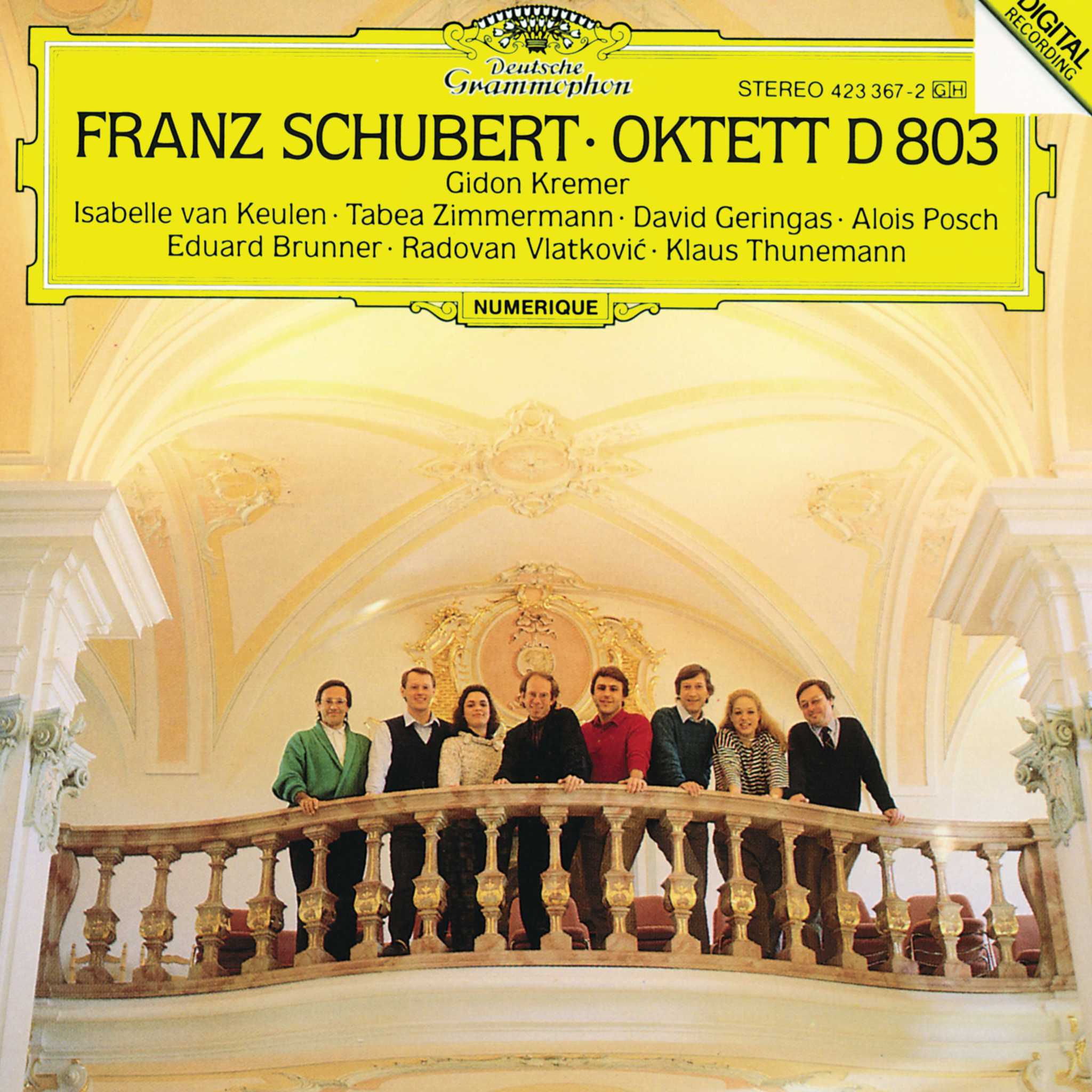Album insights
Exploring music rooted in Spain, France, and other lands, one encounters a kaleidoscope of insights into the soul and character of a once exotic and distant country. As Stephen Hough observes, Spain's colors are rich and dark, with no pastel blues or eau-de-Nil, but lush yellows, golds, and reds. Despite its seductive mysteries and undertones, Spain leans towards dynamic rather than refined, spicy over delicate. Its music, while often bathed in harsh Mediterranean light, also embodies the essence of night—a retreat into shadows away from the day's heat. Religious influence, intertwined with resonating bells, remains profound, stemming from the origins of Jesuits, Carmelites, and St. John of the Cross, a world of anguish and ecstasy, rigor and lavish reactions to authority's severity. In today's commercialized Spain, the old stormy and withdrawn spirit persists, mostly concealed but unmistakably present—a reminder of a proud nationalistic past cherished by Soler, Granados, Albéniz, Falla, and Mompou.
Antonio Soler, hailing from Catalonia, a region blurring the France-Spain border, much like many Spanish artistic leaders, delved into composing many sonatas influenced by Scarlatti. Referred to as a “devil disguised as a monk” due to his daring tractates and unconventional style, Soler’s F-sharp major sonata intriguingly defies conventions with original surprises, exuding a distinct Spanish lightness and vivacity, oscillating between melancholy and exuberance.
Spanish Romanticism deeply influenced Enrique Granados, embodying a world of refined passion and spiritualized love, eschewing the satirical fierceness often associated with Spain. His Valses poéticos offer a contrast to the masterwork Goyescas, showcasing classical structure and economy interspersed with piquant dissonance. Meanwhile, Isaac Albéniz’s Iberia, hailed by Stephen Hough as a prime impressionistic piano series, portrays Spain and Andalusia vividly, expanding virtuosic boundaries with Lisztian influences and Felipe Pedrell’s insistence on Spanish uniqueness. Evocación’s sensuous allure captures a broader sentiment rather than specific regions, while Triana, the fiery finale, encapsulates the joyous spirit of Seville’s suburbs.
Federico Mompou, termed a "lesser muse" by Wilfrid Mellers, leads us to eternal truths through his Impresiones íntimas pieces. Each composition, including Pájaro triste inspired by a caged linnet, communicates deep melancholy beyond immediate circumstances. Mompou’s music delves into timeless wisdom and intuition, with Gitano concluding the enigmatic cycle in a lively manner despite its instructions for restlessness.
In 1935, Federico Longas’ Aragón dedicated to Horowitz presents a vibrant, infectiously captivating style akin to Turina’s La Feria and Albéniz’s Navarra, displaying a distinctive flair difficult to resist even for puritans.
Transitioning from Spain to France, Falla’s lively responses to the colorful neighbor manifest in La soirée dans Grenade and La sérénade interrompue, offering rich portrayals of Spain. Ravel’s Pièce en forme de Habanera, reflecting his love for Spain, carries a mix of elegance and fluidity, embodying the blend of his varied national heritage.
These tributes extend to appreciative gestures from around the world. Godowsky’s embellishment of Albéniz’s Tango and Niemann’s Evening in Seville provide contrasting perspectives on the Spanish style, while Hough’s On Falla pays a charming homage to Falla’s music with a skillful blend of abruptness and richness.
By Bryce Morrison, 2006
Translator: Renate Wendel

